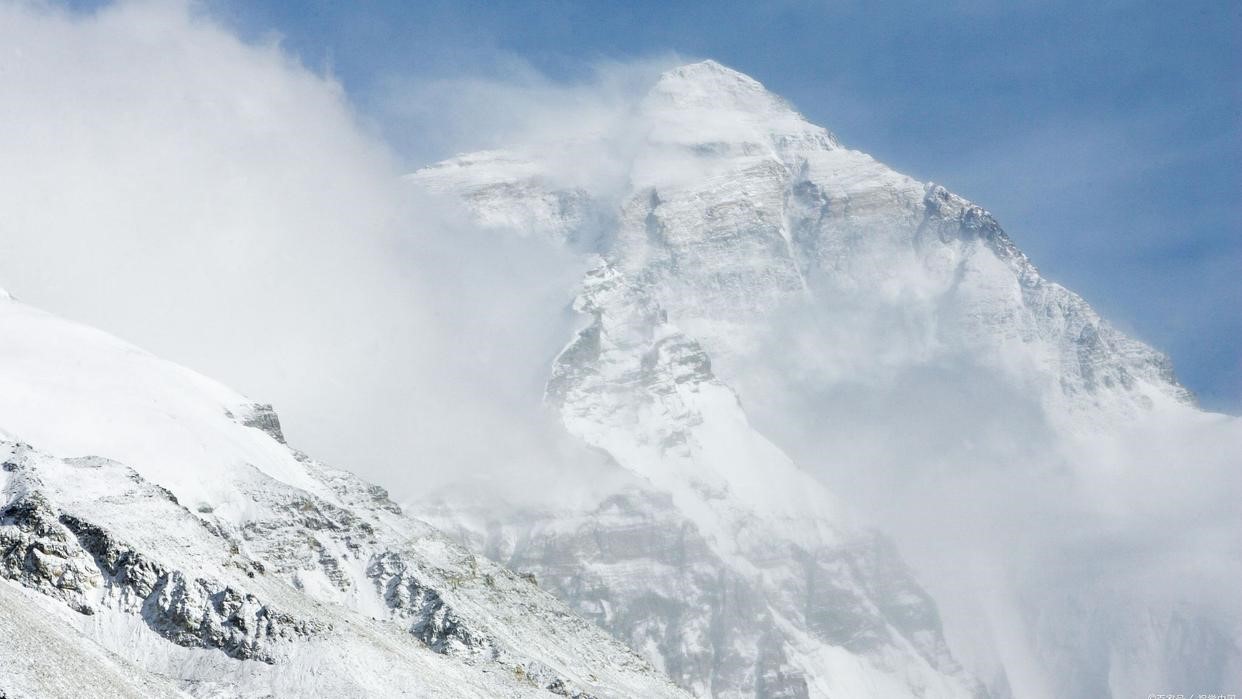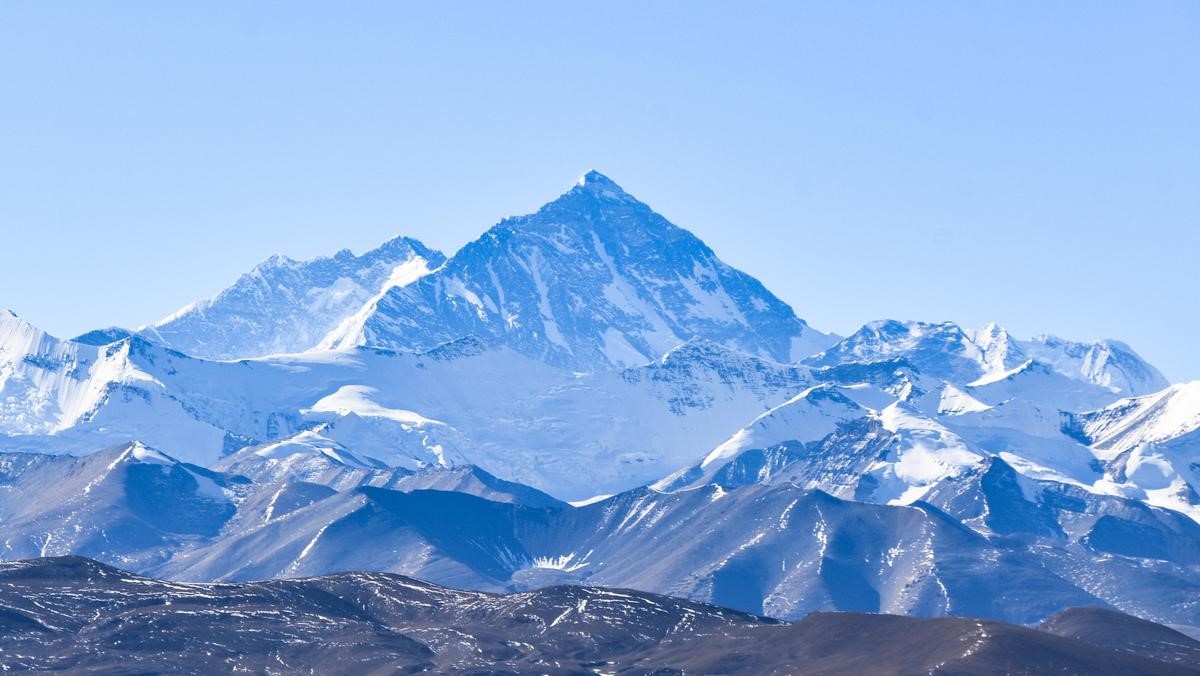The Summit of the World - Mount Everest
Mount Everest is located on the border between China and Nepal, with an altitude of 8,848.86 meters, making it the highest peak on Earth. Its name derives from the Tibetan word meaning "Goddess Mother," while in Nepal, it is known as "Sagarmatha," meaning "Mother of the Sky."
· Formation: Mount Everest is part of the Himalayas, formed tens of millions of years ago due to the collision between the Indian and Eurasian tectonic plates. As the plates continue to compress, the mountain range has been pushed upward, giving birth to Mount Everest.
· Summit Characteristics: The summit of Everest is perpetually covered in snow and ice, with thin air and oxygen levels only one-third of those at sea level. Temperatures often drop to several tens of degrees below zero, creating an extremely harsh environment.
· 
Mount Everest is not only the highest point on Earth but also home to many remarkable geographical wonders.
· Khumbu Glacier: The Khumbu Glacier is one of the highest glaciers in the world, located on the southern slope of Everest. It is filled with massive ice crevasses and seracs, making it one of the most challenging sections of the climb.
· "Death Zone": The area above 8,000 meters is known as the "Death Zone," where oxygen levels are critically low, posing a significant challenge to human endurance and adaptability.
· Ecosystem: Despite the harsh environment, some high-altitude plants and animals, such as the Tibetan antelope and snow leopard, survive in the surrounding areas of Everest.

Climbing Mount Everest is recognized as one of the ultimate challenges for global adventurers. Since the first successful ascent by New Zealand explorer Sir Edmund Hillary and Nepalese guide Tenzing Norgay in 1953, Everest has attracted thousands of climbers.
· High Risks: Climbing Everest requires overcoming extreme weather, oxygen deprivation, and natural hazards such as avalanches and ice crevasses. Despite advancements in modern equipment and technology, the mortality rate remains significant.
· Garbage Problem: In recent years, due to the surge in the number of climbers, Everest has faced issues with garbage pollution, making mountain cleanup efforts increasingly important. 
Mount Everest is not only a natural wonder but also an important area for cultural and scientific research.
· Religious and Cultural Significance: For many Tibetans and Nepalese, Everest is considered a sacred place, symbolizing protection and motherhood.
· Scientific Value: Scientists conduct research in geology, climatology, and high-altitude medicine on Everest, helping humanity better understand Earth's history and adaptation mechanisms at high altitudes.


